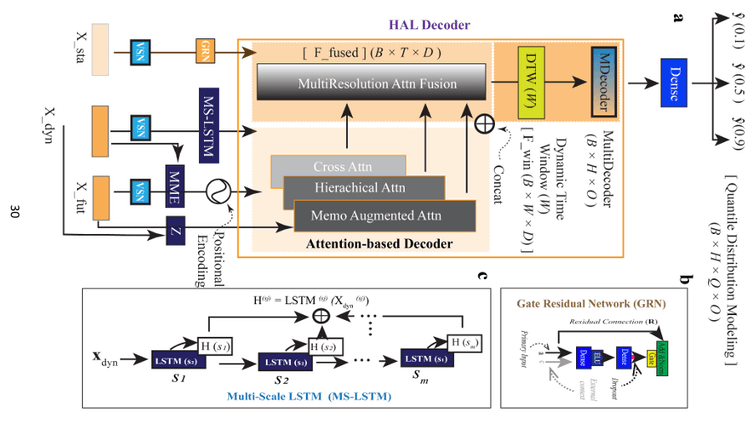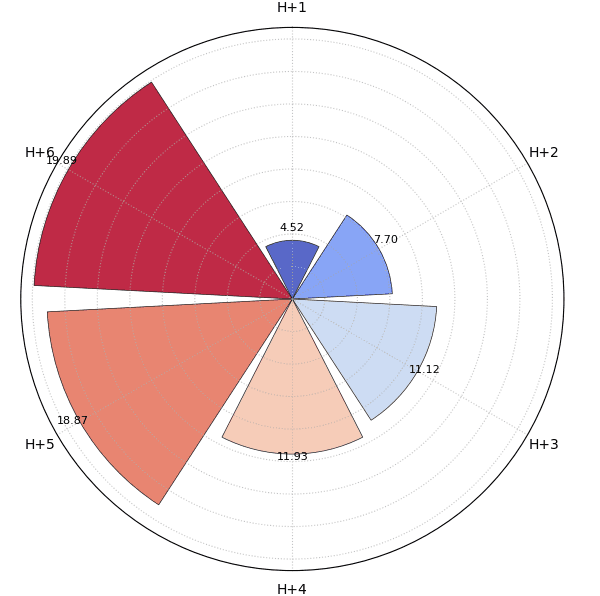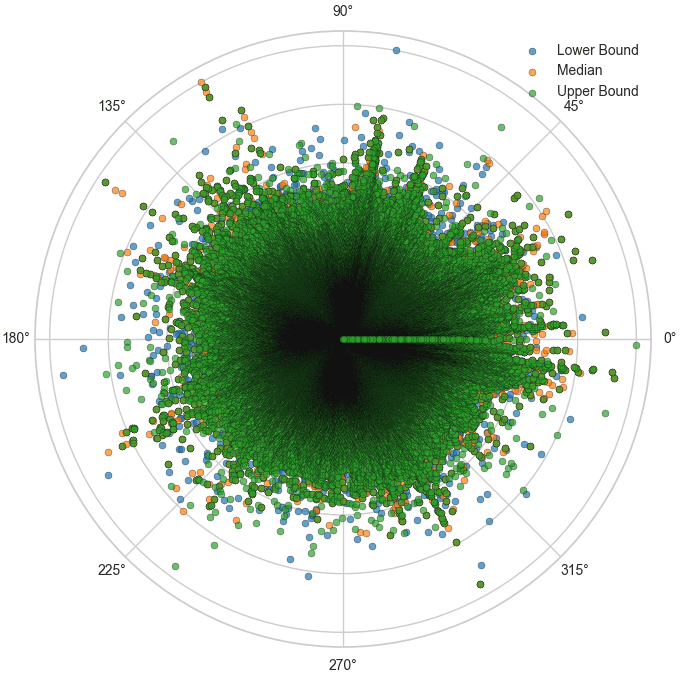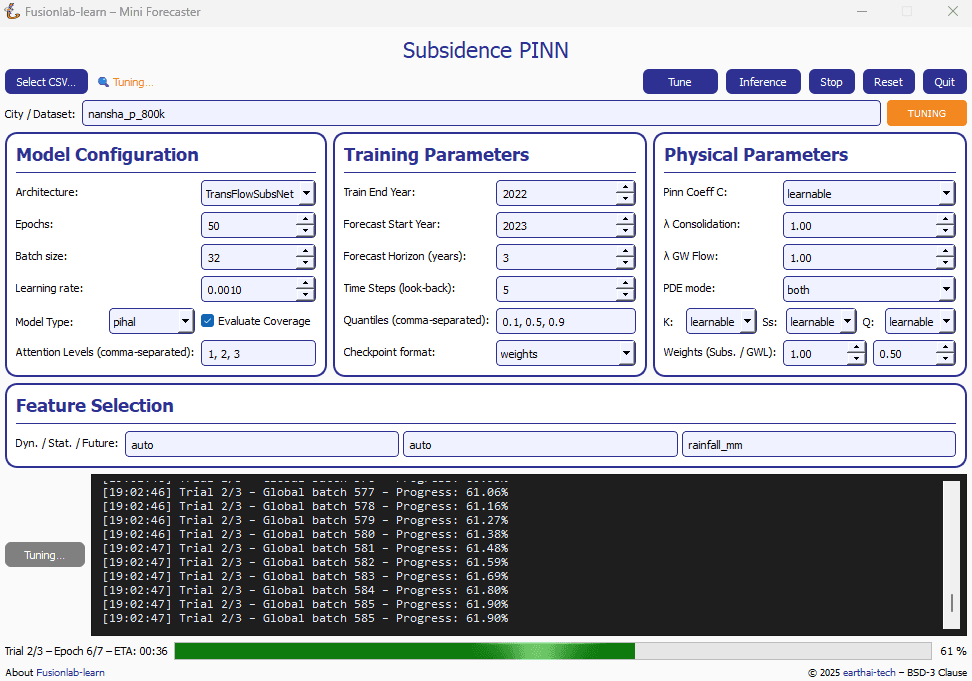Explainable & Physics-Informed AI
Building trustworthy forecasting systems by uniting transparent uncertainty diagnostics (XAI) with physically-grounded deep learning models (PINNs).

Pillar 1: Making AI Explainable
If a model can't explain itself, it can't be trusted. My work in XAI focuses on creating visual tools that make forecast uncertainty transparent and actionable.
Pillar 2: Making AI Physical
Predictions must be grounded in reality. My physics-informed models learn from both data and the governing laws of nature for scientifically sound results.
Pillar 1: Seeing Uncertainty with k-diagram
My research into explainability led to the creation of k-diagram, an open-source toolkit that transforms complex forecast data into intuitive visual stories. Instead of single, misleading scores, its novel polar plots answer critical questions:
- Where are the model's blind spots?
- How does forecast accuracy decay over time?
- Is the model's confidence stable or erratic?

Pillar 2: Grounding Forecasts in Physics
To ensure predictions are scientifically rigorous, I developed TransFlowSubsNet, a physics-informed deep learning (PIDL) framework. It combines a powerful data-driven model (HALNet) with the governing PDEs of geomechanics.
By minimizing a composite loss function that includes both data fidelity and physical consistency, the model is forced to generate forecasts that are not only accurate but also physically plausible.

From Theory to Practice
This research culminates in practical, accessible tools like the Subsidence PINN MiniForecaster a GUI that allows users to configure and run these complex physics-informed models directly.

Related publications
- XTFT: A Next-Generation Temporal Fusion Transformer for Uncertainty-Rich Time Series ForecastingKouadio, K. L.; Liu, Z.; Liu, R.; Bizimana, P. C.; Yang, G.; Liu, W. · Preprint — IEEE TPAMI submission · 2025
- Machine learning-based techniques for land subsidence simulation in an urban areaLiu, J.; Liu, W.; Allechy, F. B.; Zheng, Z.; Liu, R.; Kouadio, K. L.* · Journal of Environmental Management · 2024
- A Diagnostic Framework for Spatiotemporal Forecast UncertaintyKouadio, K. L.; Liu, R.; Loukou, K. G. H.; Liu, W.; Qing, Z.; Liu, Z. · Submitted — Environmental Modelling & Software · 2025
- CAS: Cluster-Aware Scoring for Probabilistic ForecastsKouadio, K. L.; Liu, R. · Submitted — International Journal of Forecasting · 2025
- Forecasting Urban Land Subsidence in the Era of Rapid Urbanization and Climate StressKouadio, K. L.; Liu, R.; Jiang, S.; Liu, J.; Kouamelan, S.; Liu, W.; Qing, Z.; Zheng, Z. · Submitted — Nature Communications · 2025
- k-diagram: Rethinking Forecasting Uncertainty via Polar-Based VisualizationKouadio, K. L. · In preparation — Journal of Open Source Software (JOSS) · 2025
- k-diagram: Technical Report — Derivations and DetailsKouadio, K. L. · Zenodo (Technical Report) · 2025